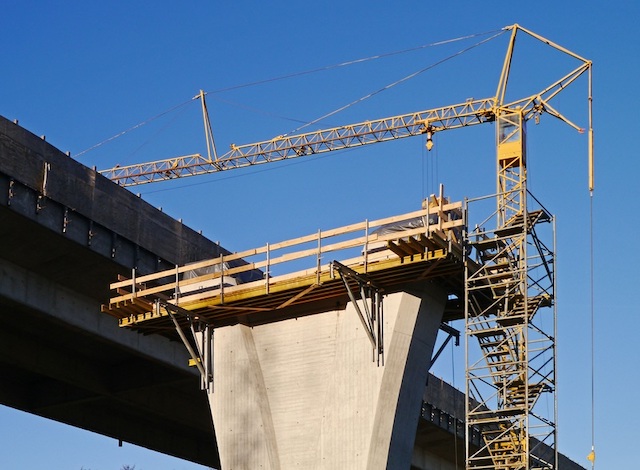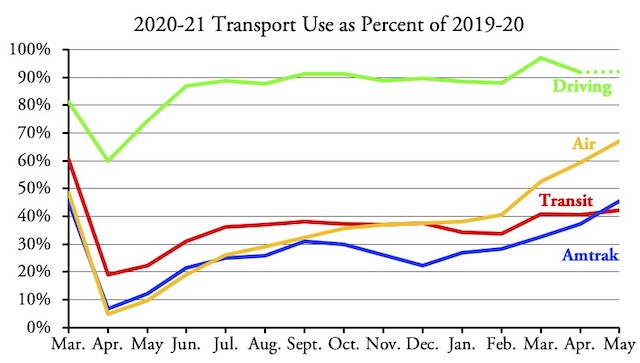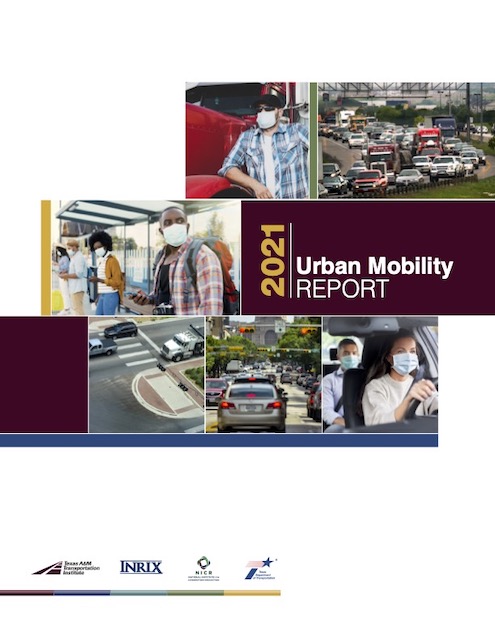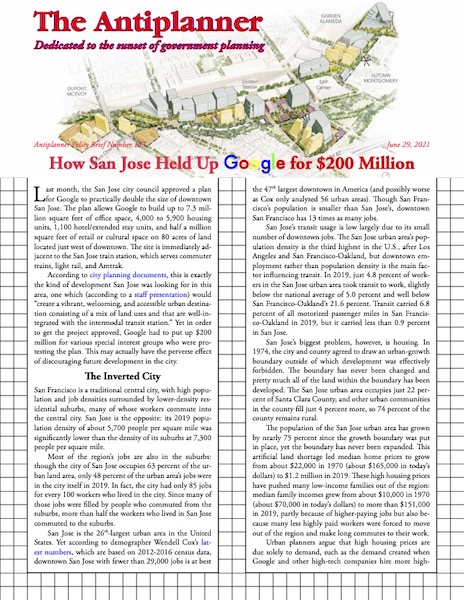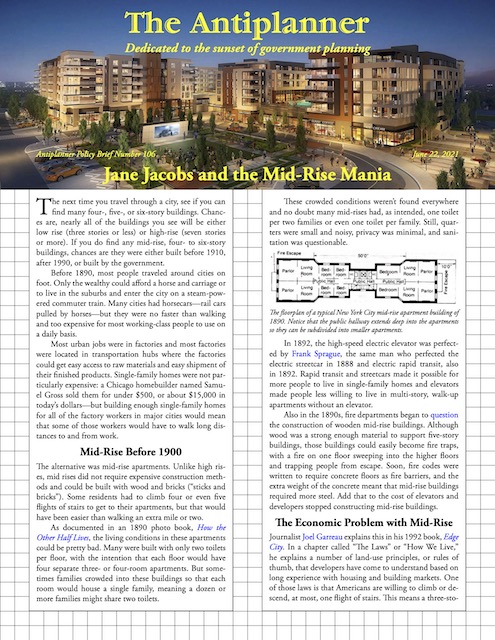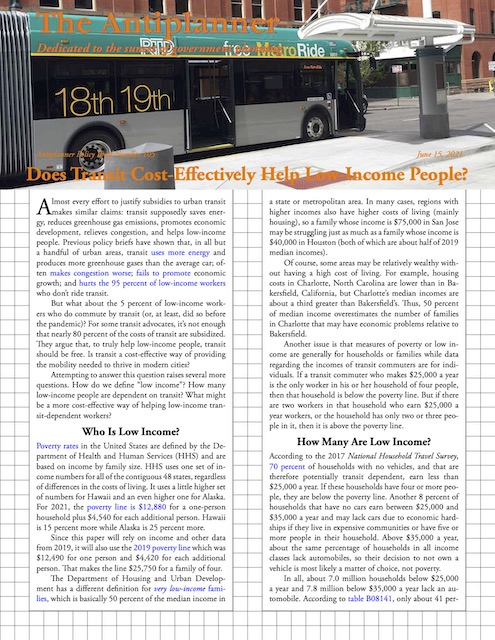The pro-transit TransitCenter has discovered something that the Antiplanner has been saying for years: transit policies are effectively racist. Many urban areas have “two-tiered transit systems,” says the TransitCenter’s Mary Buchanan, where an expensive form of transit, such as light or heavy rail, whisks high-income people, who are often white, to work while a cheaper, slower form of transit, such as local buses, trundles low-income people, who are often minorities, to their jobs.
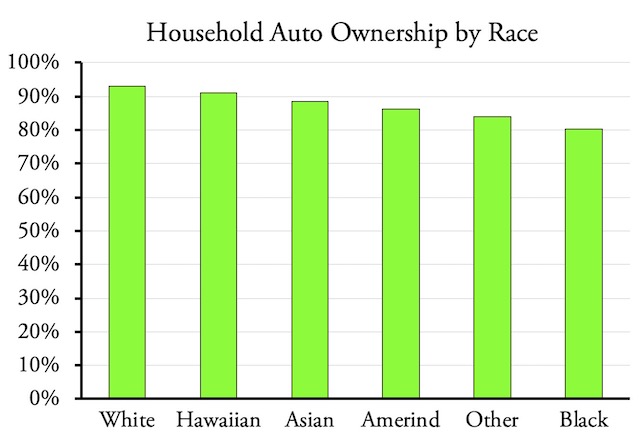
Black households have significantly lower auto ownership rates than whites. Source: American Community Survey table B25044. When broken down by race, the Census Bureau only has five-year data for 2011-2015; some auto ownership rates have probably improved since then. Census Bureau data also don’t breakdown Hispanic vs. non-Hispanic ownership rates; most Hispanics are included with whites.
Buchanan and her colleagues evaluated transit in major urban areas such as New York and Chicago and found that low-income people would be much better off owning a car than relying on transit to get to work, which is another thing the Antiplanner has been saying for years. Of course, the TransitCenter sees this as one more reason to increase transit subsidies, while I see it as a reason to encourage more car ownership. Continue reading →

